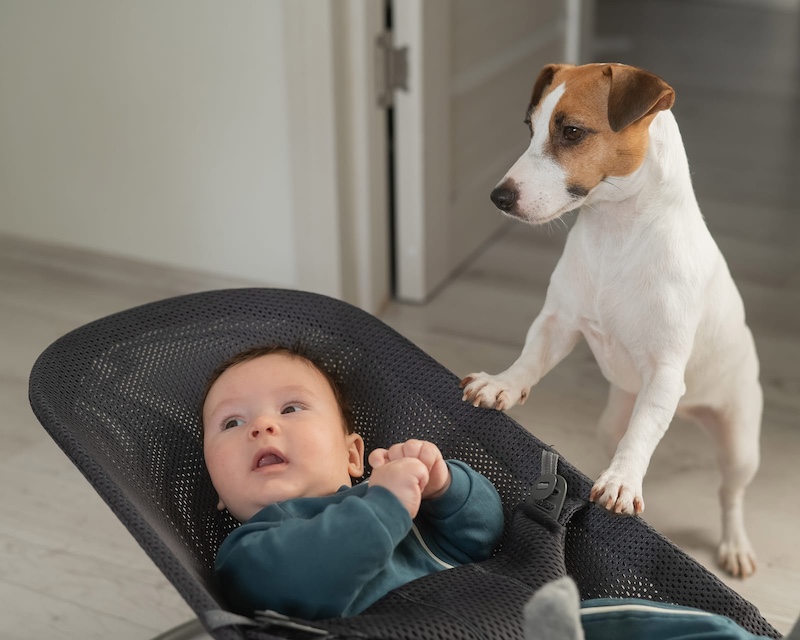Introducing a new baby to your family is a joyous occasion, but it can also be a stressful time for your dog. Dogs, being creatures of habit, can find significant changes in their environment unsettling. Preparing your dog for the arrival of a new baby is crucial for a smooth transition. Here are ten ways to ensure your furry friend is ready to meet the newest member of your family.
1. Gradual Desensitization
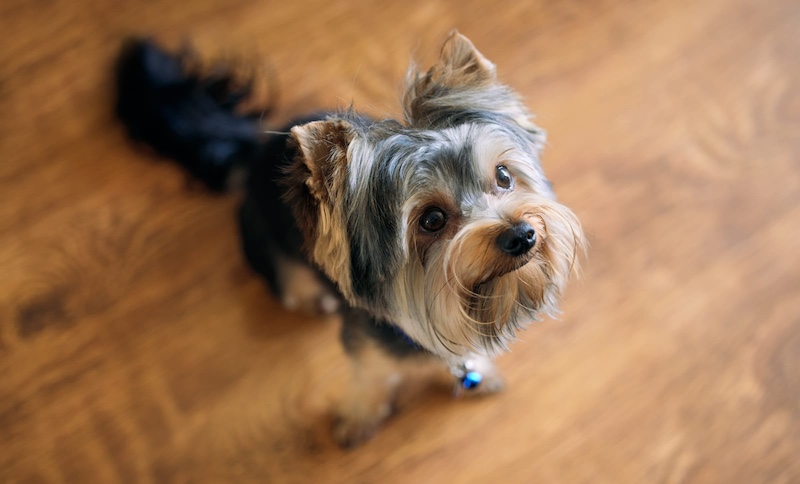
Start by gradually desensitizing your dog to the sounds, smells, and activities associated with a baby. Play recordings of baby sounds like crying, cooing, and laughter at a low volume, gradually increasing the volume as your dog becomes more comfortable. Introduce baby lotions and powders to familiarize your dog with the new scents that will soon be part of their environment.
2. Establish Boundaries
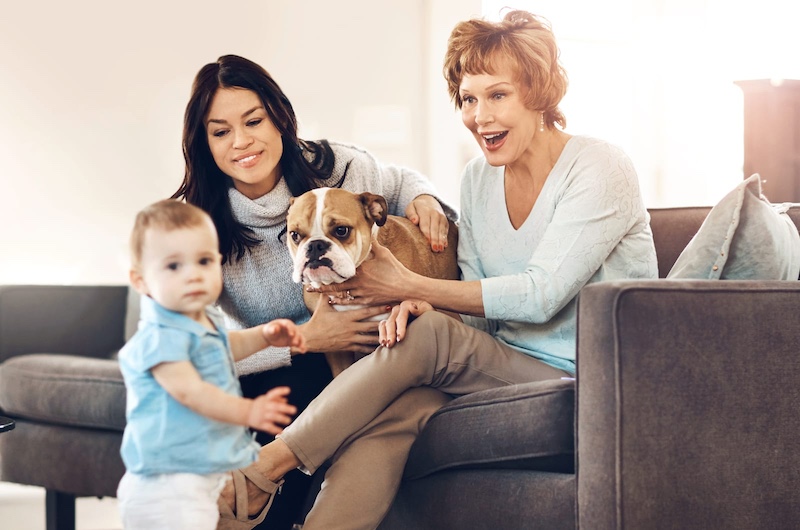
Setting boundaries is essential to ensure your dog knows which areas are off-limits. Begin by creating a baby-safe zone, such as the nursery, and train your dog to understand that this area is restricted. Use baby gates or close doors to reinforce this boundary. Gradually extend this concept to other areas where the baby will spend a lot of time.
3. Reinforce Basic Commands

A well-trained dog is easier to manage around a baby. Reinforce basic commands such as sit, stay, come, and leave it. These commands are crucial for controlling your dog’s behavior in various situations. Consistent training sessions will help your dog respond promptly to your instructions, reducing the risk of any accidental harm to the baby.
4. Introduce New Routines
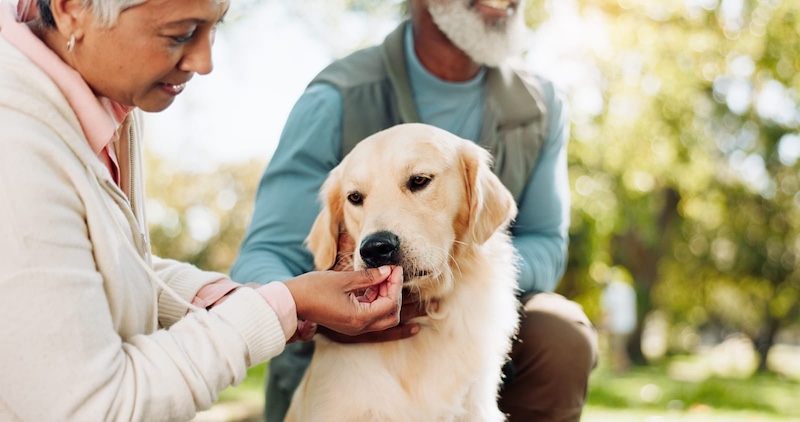
A new baby will inevitably alter your household routine. Prepare your dog by gradually introducing new routines before the baby arrives. Adjust feeding, walking, and playtime schedules to mirror the anticipated changes. This will help your dog adapt more easily once the baby is home, minimizing stress and confusion.
5. Use Baby Props
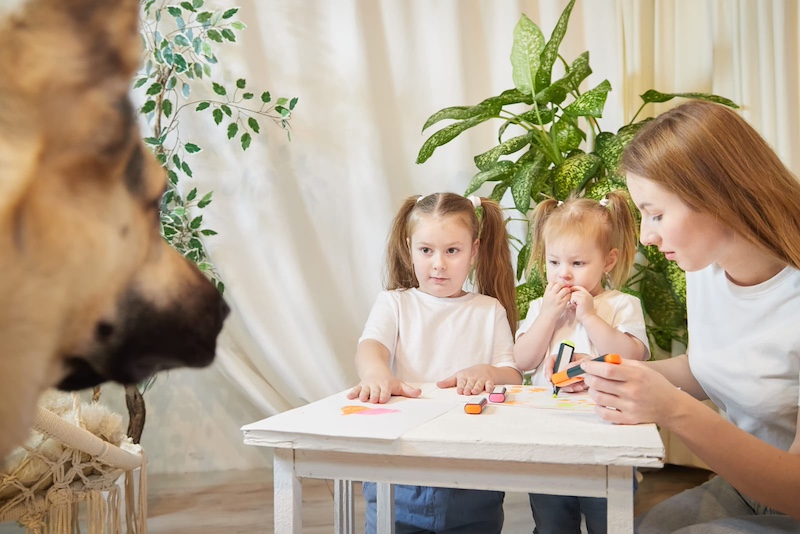
Familiarize your dog with baby-related items like strollers, cribs, and toys. Allow your dog to investigate these objects under your supervision. This will reduce your dog’s curiosity and potential anxiety when they encounter these items after the baby arrives. Practice walking with the stroller to ensure your dog remains calm and controlled during walks with the baby.
6. Positive Reinforcement
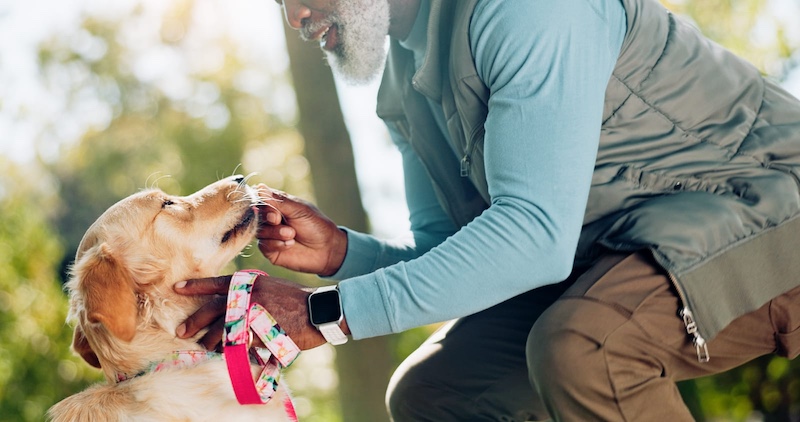
Positive reinforcement is a powerful tool for encouraging desired behaviors. Reward your dog with treats, praise, and affection for calm and appropriate behavior around baby-related stimuli. This creates a positive association with the baby’s presence and activities, helping your dog feel more comfortable and secure.
7. Create a Safe Space
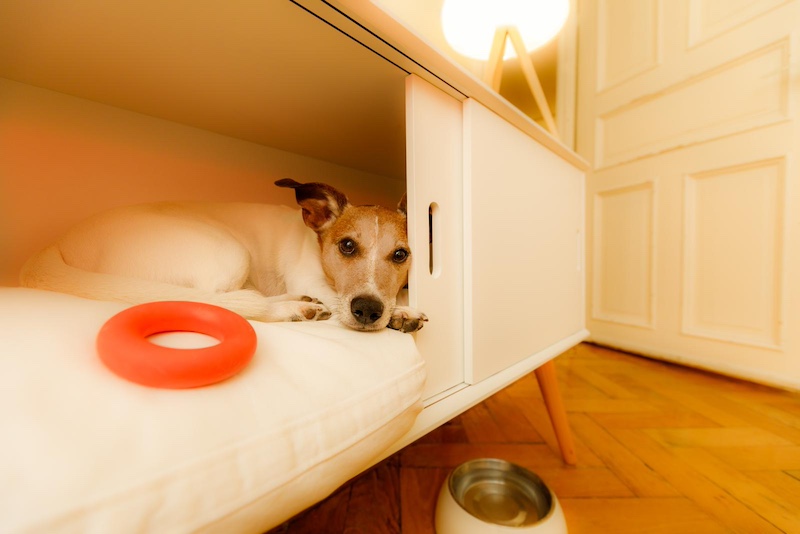
Ensure your dog has a designated safe space where they can retreat when they feel overwhelmed. This could be a crate, a specific room, or a comfortable bed in a quiet area of the house. Make sure this space is off-limits to the baby, giving your dog a place to relax and feel secure when they need a break.
8. Simulate Baby Presence
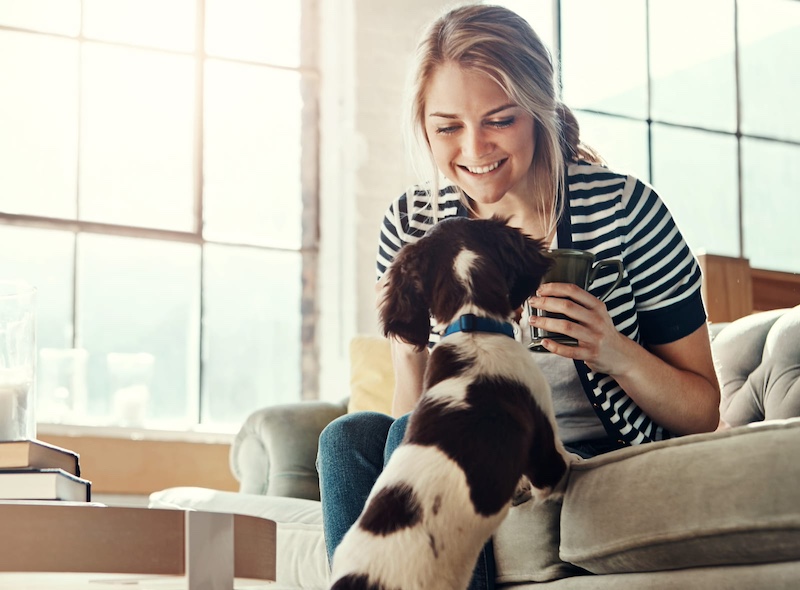
To help your dog get used to the idea of a baby in the house, simulate the baby’s presence. Carry a doll wrapped in a blanket, pretending to care for it as you would a real baby. This includes feeding, rocking, and talking to the doll. This exercise helps your dog become accustomed to seeing you give attention to the baby and understanding that this is a normal part of their environment.
9. Plan Supervised Introductions
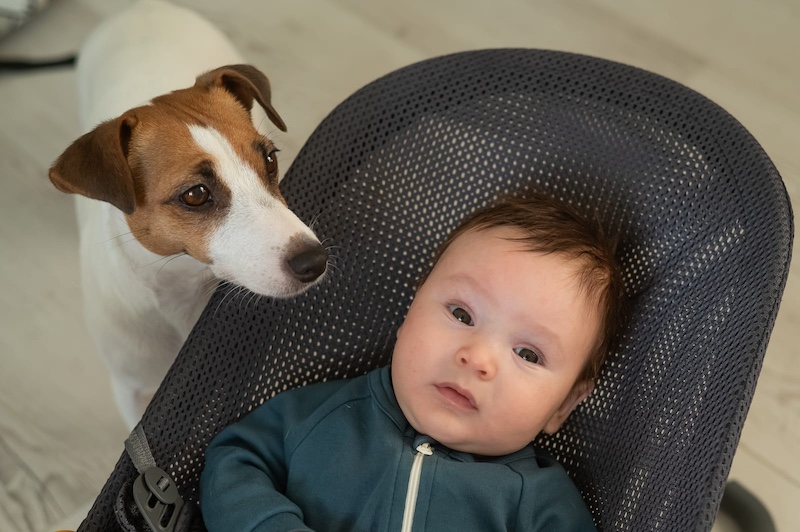
When the baby arrives, plan for supervised introductions. Allow your dog to sniff and investigate the baby from a safe distance while keeping them on a leash. Use a calm and reassuring tone to help your dog feel relaxed. Gradually increase the time and closeness of interactions, always supervising closely to ensure the safety of both your baby and your dog.
10. Monitor and Adjust
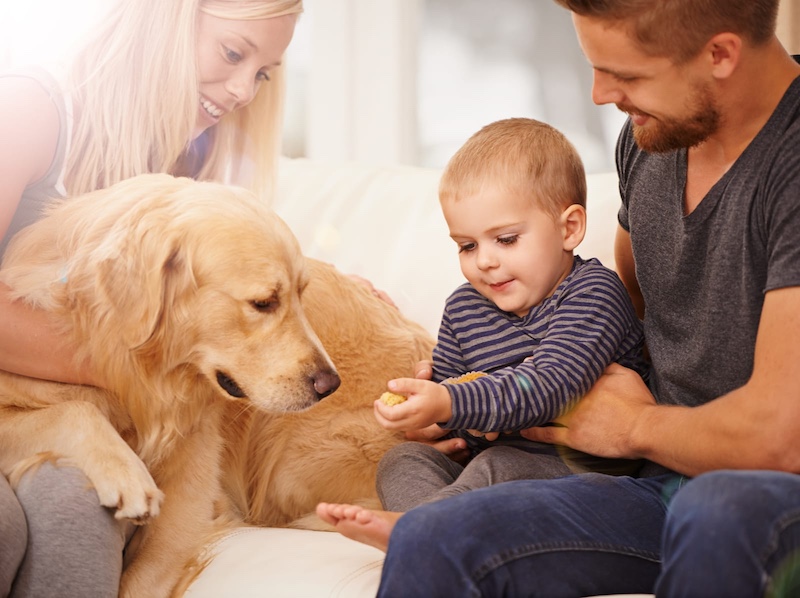
After the initial introduction, continuously monitor your dog’s behavior around the baby. Watch for signs of stress, anxiety, or aggression. Address any issues promptly with additional training or professional help if needed. Be patient and understanding, as adjusting to a new baby can take time for your dog. Regularly reinforce positive behaviors and ensure your dog still receives plenty of attention and exercise.

